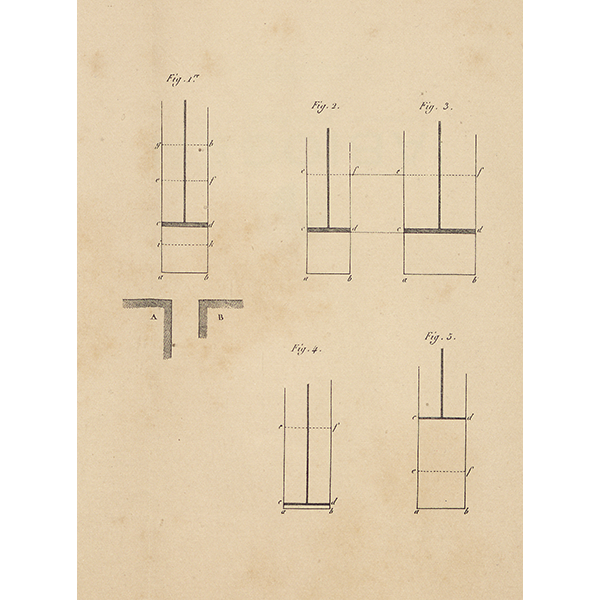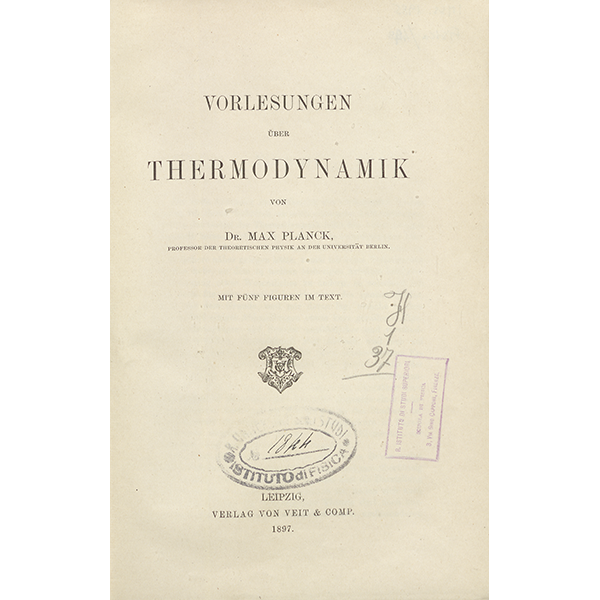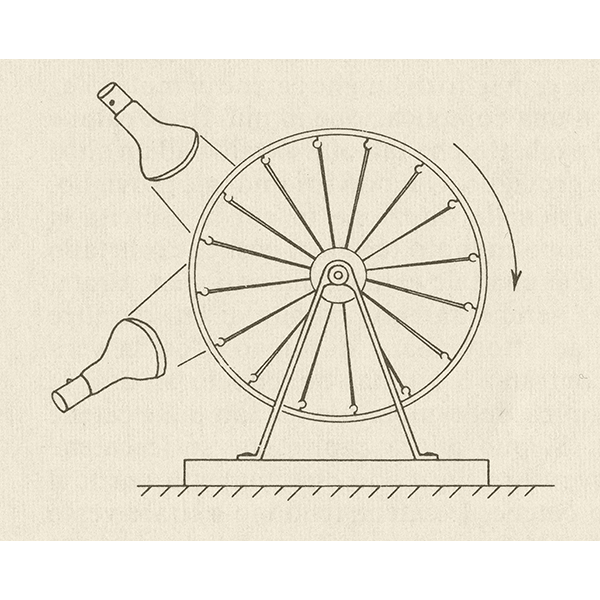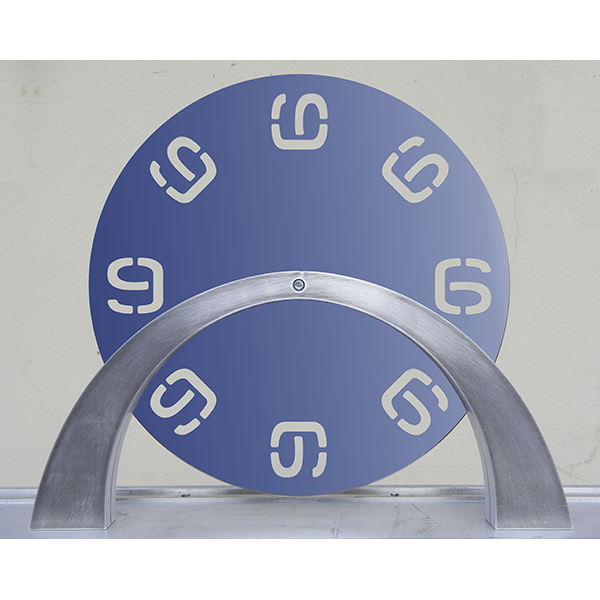The end of perpetual motion?
In the early 19th century, the dissemination of steam engines promoted the development of thermodynamics. This new branch of physics did not prove the non-existence of perpetual motion, but posited it as an axiom to deduce that an engine’s efficiency could never reach 100%. Some of the energy powering a thermo-mechanical system is inevitably dissipated. Later, as the atomic processes underlying motion and heat were understood, and with the statistical definition of the concept of irreversibility of natural phenomena, the question of perpetual motion was finally answered. While perpetual motion is not impossible in theory, it is extremely improbable. In fact, it is more likely that a monkey typing at random on a keyboard will write War and Peace than that someone will achieve perpetual motion.






